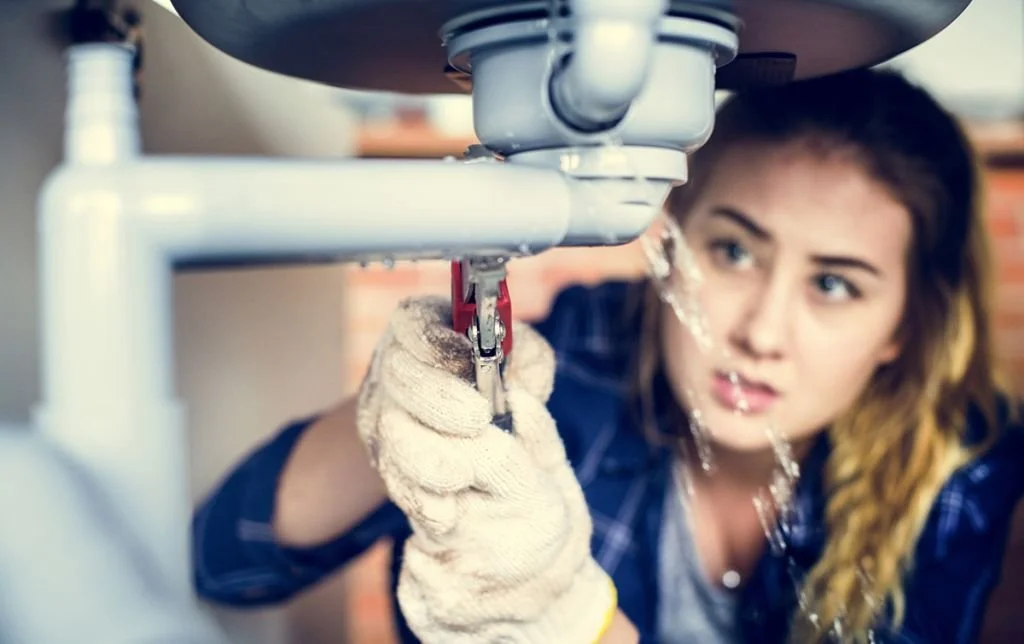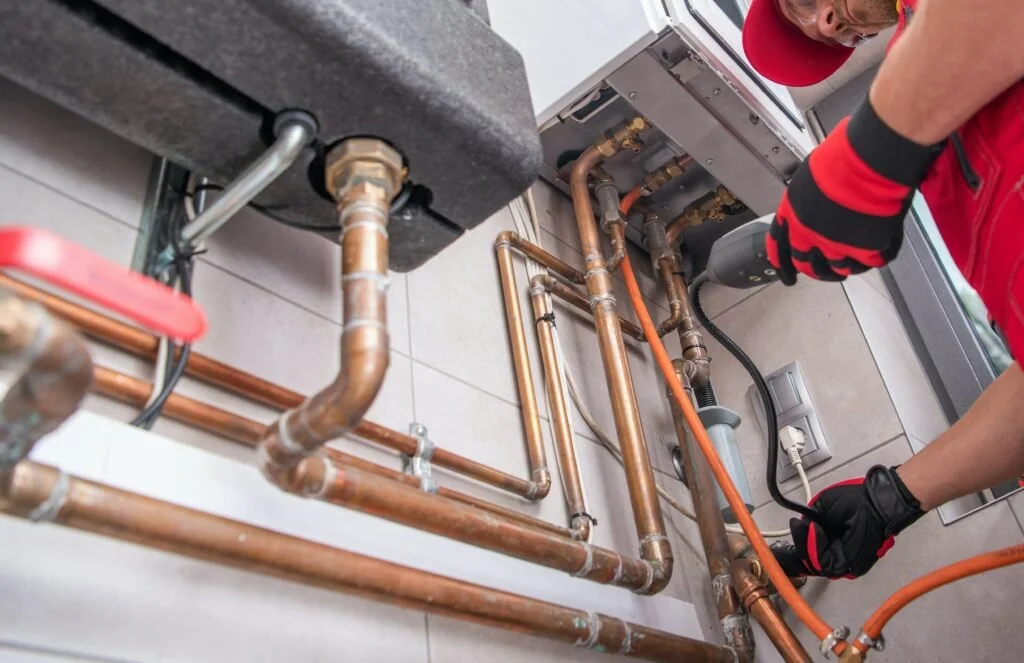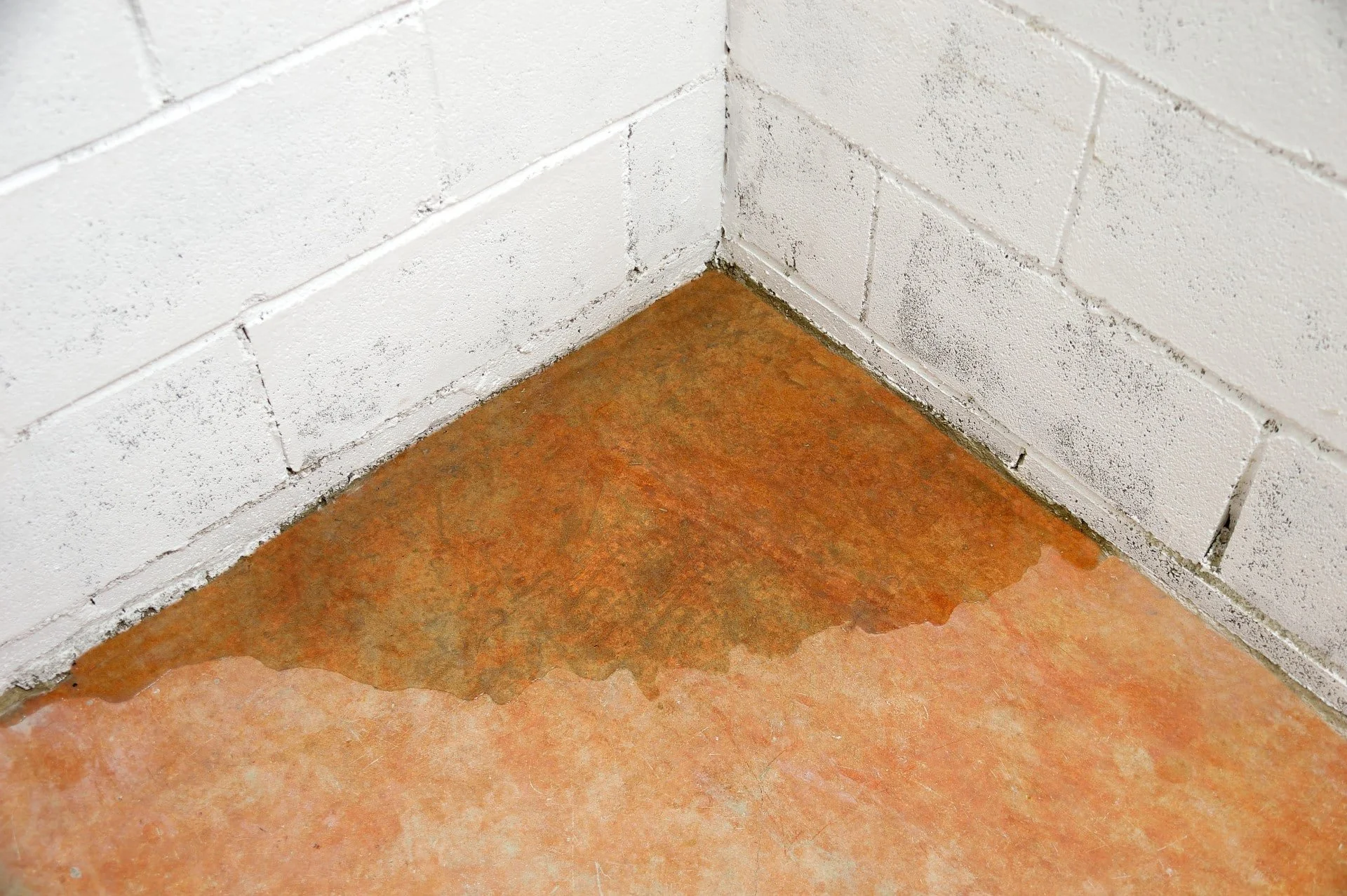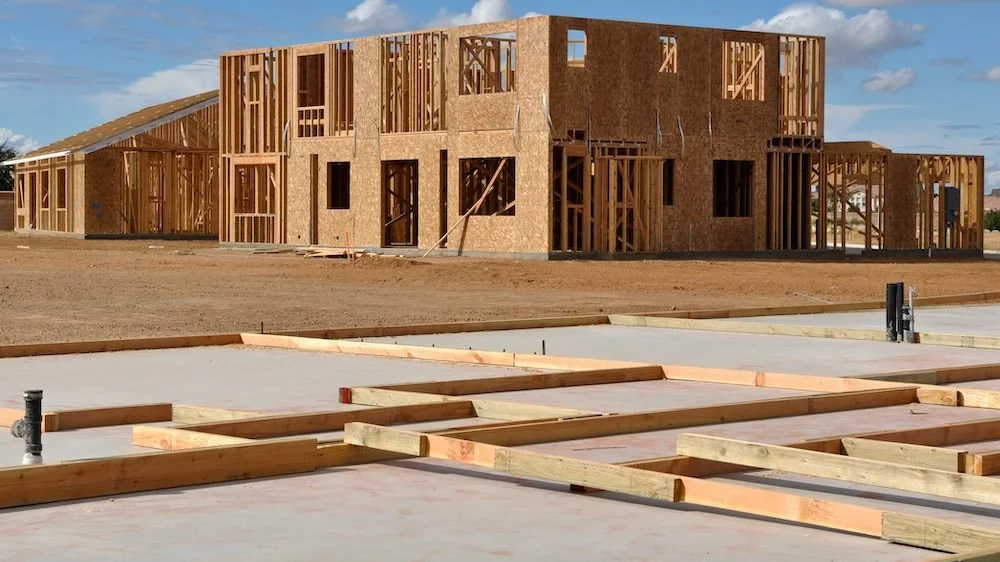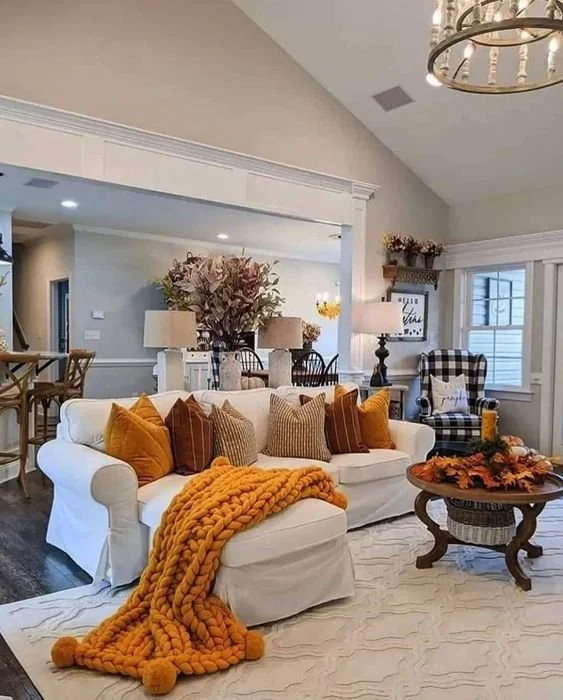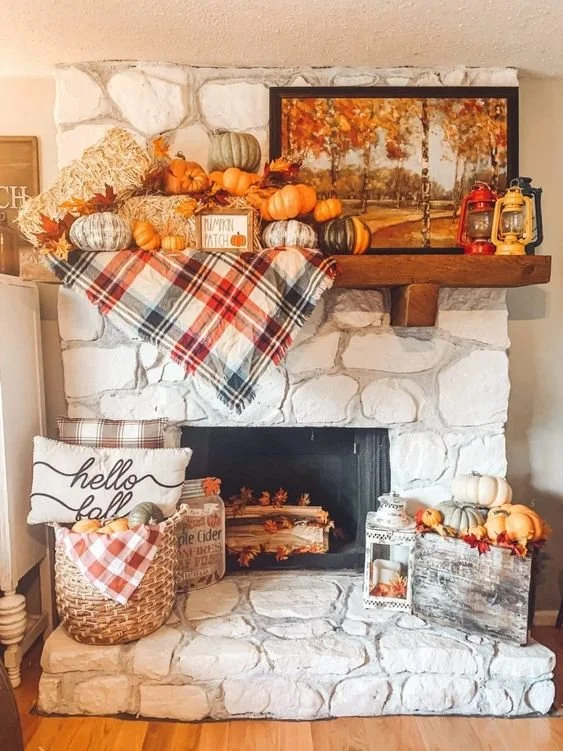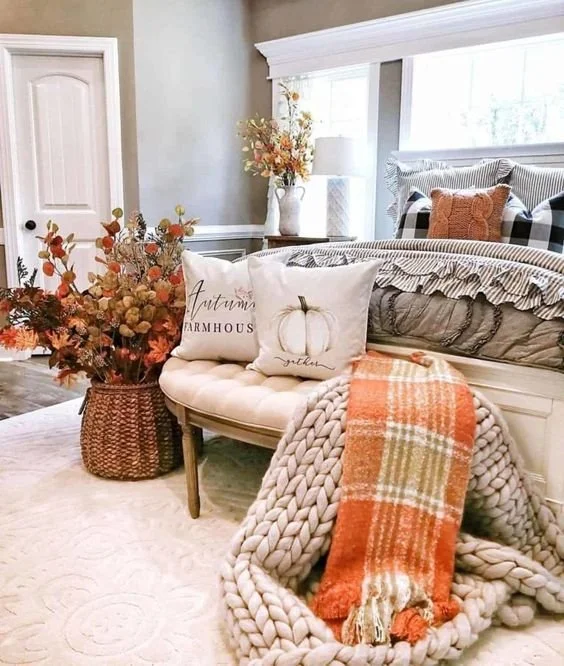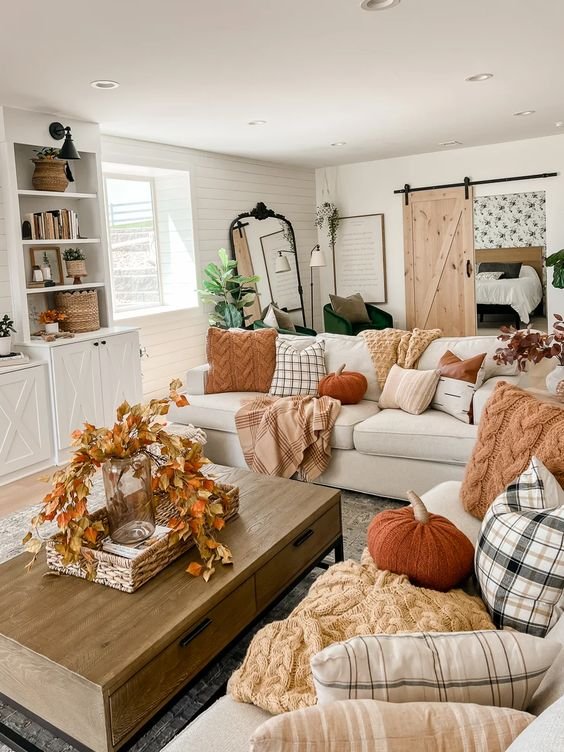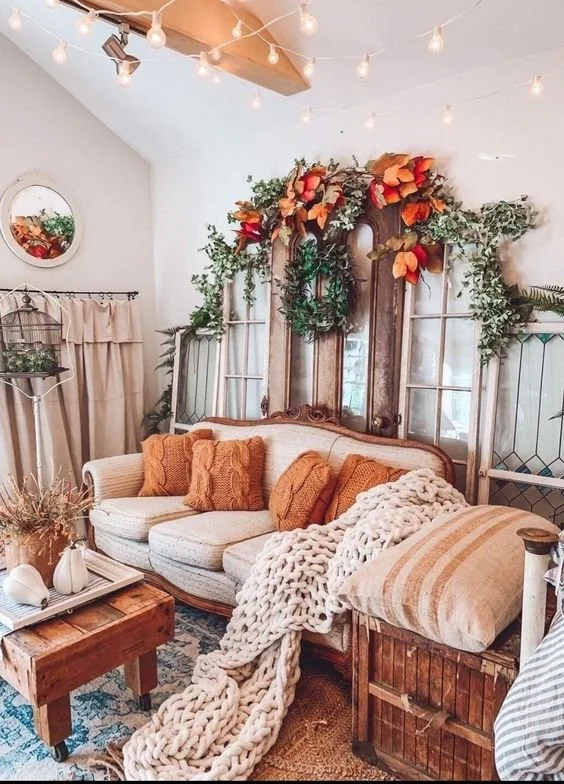How to Choose the Right Plumbing Service for Your Home
RH Business Marketing Solutions
Introduction
At some point in their life, every homeowner faces a problem like a leaky faucet, clogged drain, or major pipe leak. Consequently, they need to find someone who will help them deal with it. However, choosing the right company can be really hard. If you do not have a trusted professional or acquaintance who shares the contact information of a good plumber, the search can last for days. The problem is a leaking pipe will not wait until you find an expert and will keep damaging your beloved house. At the same time, a poor choice of specialist will most likely result in further damage and bigger expenses. "So, how should I find a good plumber?" you'd ask. Read out to find the answer!
Services Provided by Plumbing Companies
Depending on their qualifications, specialists offer the following options:
Drain cleaning that involves unclogging kitchen sinks, bathtubs, and toilets.
Leak repair for dripping faucets and pipes.
Managing issues related to broken toilets, from fixing a running item to installing a new one.
Installation or fixing of water softener systems in areas with hard water.
Repairing malfunctioning water heaters and installing new units.
Diagnosing and fixing sewer line problems, such as blockages or leaks.
Replacement of entire pipelines.
Installation and maintenance of sump pumps in houses with a basement.
Things to Consider While Choosing a Plumbing Contractor
When you select a service provider, consider the following aspects carefully:
A professional plumber should be fully qualified in their field and have documents that prove it. Proper licenses demonstrate a specialist knows industry standards and regulations and provides high-quality work. If you cannot find information about a contractor online, contact a company administrator and ask them to supply verification of their employees' qualifications.
The longer a company has been in the business, the more practical knowledge its staff has in handling issues. An experienced plumber can understand and fix your problem quickly and effectively.
Look for reviews and testimonials from previous customers — they speak volumes about the quality of the professionals' work. However, be aware: if you see only short positive reviews like "Excellent," "Very good," or "Great specialist," they can be written by special bots and have nothing in common with reality. Search for comments from real people who point out positive and negative aspects of cooperation with a plumber.
Your chosen contractor should have insurance that covers any accidents or damages that may occur in your home during the service. Situations can be quite unpredictable: a new toilet cracks during the installation, or a water heater falls on the floor and breaks the tile. None of these is your fault, and you need to be sure you'll get proper compensation for the damage.
A good plumbing company provides a detailed estimate that includes costs of labor, materials, and any other charges. You don't want to cover a check twice bigger than you expected, do you?
Remember that the contract you sign with the plumber must contain a list of all the services they provide, the exact prices, and the terms of insurance. If you do not know how to draft this document, use a plumbing contract template available online. It contains all the necessary elements so that there are no misunderstandings between you and the contractor.
Tips for Choosing the Best Plumbing Company
Making the right choice is always difficult, and the task gets even more complicated when it comes to the risk of having a flood in your house. Here are a few pieces of advice on how you can find a good specialist to repair your piles:
The first step in choosing the right plumber is to do some research. Choose several companies in your area and check their online presence. Do they have a website, social media pages, and online reviews? If no information is available, it's better to choose another option.
Always ensure that the organization you're considering is fully licensed and insured. It will protect you in case of any unforeseen circumstances. How can you check it? Just contact the administrator and ask them to provide you with all the information you need. If they do it, you may trust them.
While new companies also deliver quality work, those that have been in business for several years usually offer better services. At least they have more reviews you can check.
The right contractor should offer clear and transparent pricing. They must provide you with an estimate upfront with an explanation of what each charge covers. This way, you know exactly what you'll be paying without any hidden surprises.
The reality of plumbing issues is that they often occur at the most inconvenient times. Having a company that offers 24/7 emergency requests makes all the difference when you're dealing with a burst pipe at 3 am.
A quick response shows a high level of service and can prevent a small issue from becoming a major one. Be sure to choose a provider that replies quickly.
The best companies stand by their work and offer warranties or guarantees on it. This is a sign that professionals working at them know the quality of services they provide and are not afraid of taking responsibility if something goes wrong by their fault.
Conclusion
Choosing the right plumbing company for your home does not have to be a nerve-wracking process. Consider the specific services you need, check qualifications and experience, seek reliable reviews, and compare prices to ensure a trustworthy and competent contractor who can handle your needs. Remember, the goal is not just to solve your immediate problem but to find a service provider who ensures your household runs smoothly for a long time.

